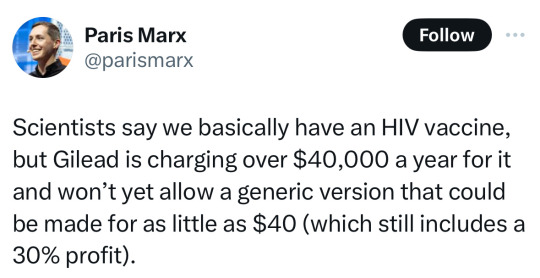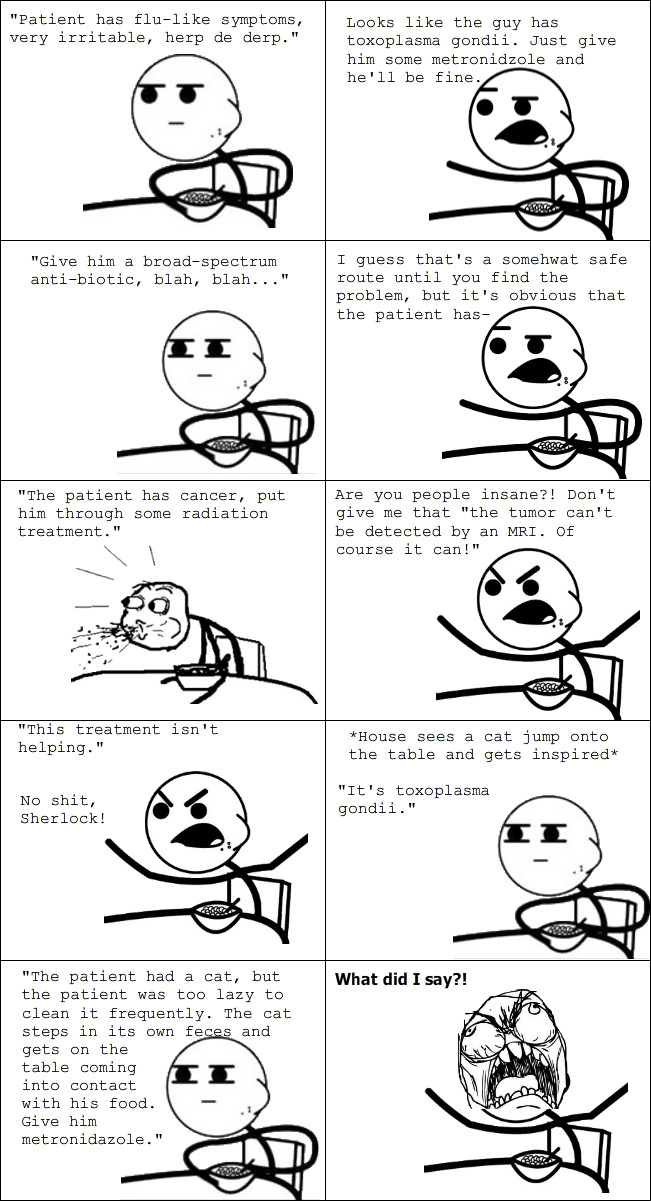#medicin
Explore tagged Tumblr posts
Text
What’s it like taking melatonin?
#i kinda wanna try it#but i saw one of the side effects could be depression#and i dont want that again#melatonin#depression#medicin#sleeping problems#shifting
4 notes
·
View notes
Text
My grandfather and my godfather (a beloved neighbor and dear family friend) had a long standing bet- for one dollar- about who would die first. Both of them being slightly pessimistic (in the funny way), they both insisted that they themselves would be the first to die. Any time my grandfather had a health scare, he’d gleefully call up my godfather to boast that he’d be passing “any day now” and he was sure to win the bet. It was a big family joke and they were always amiably sparring and comparing notes about who was in worse shape, medically speaking.
When my grandfather was in hospice care dying of liver cancer, my godfather was quite ill also. It took him great effort to make the journey to see his dying friend. As he came into the room, supported by a family member, he shuffled to my grandpa’s bedside and silently handed him a dollar bill. He was ceding his loss of the bet, as they both knew who was going first. My grandpa had been in quite bad shape for a while and was no longer able to speak but let me tell you he snatched that dollar with unexpected strength and literally laughed aloud. He knew exactly what the gesture meant and he couldn’t help but find the humor within the grief. It was the last time any of us heard my grandpa laugh, as he passed shortly after.
When I talk about my appreciation for “dark humor” I’m not so much thinking about edgy jokes, but rather the human instinct to somehow, impossibly, both find and appreciate the absurdity that is so often folded into the profound grief of life and death. When I tell this story I think it kind of perturbs people sometimes, but it’s honestly one of my favorite memories about two men I really deeply admired. I could never hope for anything more than for my loved ones to remember me laughing until the very end, and taking joy in a little joke as one of my final acts.
#I think almost anyone in medicine will understand this#to absent friends!#gallows humor is a very human way to cope#death#grief#dark humor#illness
64K notes
·
View notes
Text

pilot seat :)
24K notes
·
View notes
Text



19K notes
·
View notes
Text



Source

#politics#hiv#us politics#government#gilead#lgbt#lgbtq#progressive#current events#science#medicine#health#health care#the left#twitter post#news
38K notes
·
View notes
Text

Did you know that drugs and medicine are not the same? Many people often confuse them, but there is a significant difference between them.
Drug: A drug is a chemical substance typically used to alter mental or physical states, such as cannabis or heroin. Drugs may have medicinal properties, but they are often used outside of medical treatment and are, in many cases, legally prohibited.
Medicine: Medicine is a drug specifically used for the treatment or prevention of diseases. Examples include paracetamol and insulin. These are used under medical guidance and are created for health-related purposes.
Key Difference:
Drugs: Are most often used for mental comfort or recreational purposes. For example, the leaves of the datura plant have anti-cancer properties, but it is not considered medicine.
Medicine: Is used only for healing diseases and improving health.
0 notes
Text
i went to get my t-shot yesterday and it took me an hour and a half to get to the clinic and as soon as i got on the bed the nurse dropped my t-shot and it broke and now they're trying to make me pay for the replacement. i think the fuck not lmao
#why should i have to pay money because SOMEONE ELSE dropped my medication!!! make it make sense#also they kept referring to 'the medicine that got broken' please drop that youtuber apology line and lose the passive voice#it did not 'get broken' YOU BROKE IT#madness. utter madness.
44K notes
·
View notes
Text
For the purposes of this poll, do NOT count the following:
Your own birth (unless there were complications/urgent concerns)
Routine check-ups or scheduled-in-advance appointments that just happened to be at a hospital
Visiting or accompanying someone else to the hospital
Use your discretion as to whether to count visits to urgent care.
–
We ask your questions anonymously so you don’t have to! Submissions are open on the 1st and 15th of the month.
#polls#incognito polls#anonymous#tumblr polls#tumblr users#questions#polls about health#submitted july 6#medical#medicine#hospitals
8K notes
·
View notes
Text

Bedtime Routine. my comic piece for @querermezines Kira Kira zine wheeeeee
#my art#my comics#death note#this one was really fun#leftovers on sale now !!!#my personal view is they did have separate beds during this arc but they were so close together that it essentially didn’t matter.#btw the bottles for lights skincare are drawn directly from Patrick batemans medicine cabinet
13K notes
·
View notes
Text
Fitoterapia


English catalogue



Solicitar suplementos aquí
Por donaciones superiores a $60 recibe una terapia floral gratuita.
0 notes
Text
Found this because of @sanddoc06 . No clue where it originally came from, but I had to share it.

18K notes
·
View notes
Text
Scientists at UC Riverside have demonstrated a new, RNA-based vaccine strategy that is effective against any strain of a virus and can be used safely even by babies or the immunocompromised. Every year, researchers try to predict the four influenza strains that are most likely to be prevalent during the upcoming flu season. And every year, people line up to get their updated vaccine, hoping the researchers formulated the shot correctly. The same is true of COVID vaccines, which have been reformulated to target sub-variants of the most prevalent strains circulating in the U.S. This new strategy would eliminate the need to create all these different shots, because it targets a part of the viral genome that is common to all strains of a virus. The vaccine, how it works, and a demonstration of its efficacy in mice is described in a paper published today in the Proceedings of the National Academy of Sciences. “What I want to emphasize about this vaccine strategy is that it is broad,” said UCR virologist and paper author Rong Hai. “It is broadly applicable to any number of viruses, broadly effective against any variant of a virus, and safe for a broad spectrum of people. This could be the universal vaccine that we have been looking for.”
Continue Reading.
21K notes
·
View notes
Text
When I was in vet school I went to this one lecture that I will never forget. Various clubs would have different guest lecturers come in to talk about relevant topics and since I was in the Wildlife Disease Association club I naturally attended all the wildlife and conservation discussions. Well on this particular occasion, the speakers started off telling us they had been working on a project involving the conservation of lemurs in Madagascar. Lemurs exist only in Madagascar, and they are in real trouble; they’re considered the most endangered group of mammals on Earth. This team of veterinarians was initially assembled to address threats to lemur health and work on conservation solutions to try and save as many lemur species from extinction as possible. As they explored the most present dangers to lemurs they found that although habitat loss was the primary problem for these vulnerable animals, predation by humans was a significant cause of losses as well. The vets realized it was crucial for the hunting of lemurs by native people to stop, but of course this is not so simple a problem.
The local Malagasy people are dealing with extreme poverty and food insecurity, with nearly half of children under five years old suffering from chronic malnutrition. The local people have always subsisted on hunting wildlife for food, and as Madagascar’s wildlife population declines, the people who rely on so-called bushmeat to survive are struggling more and more. People are literally starving.
Our conservation team thought about this a lot. They had initially intended to focus efforts on education but came to understand that this is not an issue arising from a lack of knowledge. For these people it is a question of survival. It doesn’t matter how many times a foreigner tells you not to eat an animal you’ve hunted your entire life, if your child is starving you are going to do everything in your power to keep your family alive.
So the vets changed course. Rather than focus efforts on simply teaching people about lemurs, they decided to try and use veterinary medicine to reduce the underlying issue of food insecurity. They supposed that if a reliable protein source could be introduced for the people who needed it, the dependence on meat from wildlife would greatly decrease. So they got to work establishing new flocks of chickens in the most at-risk communities, and also initiated an aggressive vaccination program for Newcastle disease (an infectious illness of poultry that is of particular concern in this area). They worked with over 600 households to ensure appropriate husbandry and vaccination for every flock, and soon found these communities were being transformed by the introduction of a steady protein source. Families with a healthy flock of chickens were far less likely to hunt wild animals like lemurs, and fewer kids went hungry. Thats what we call a win-win situation.
This chicken vaccine program became just one small part of an amazing conservation outreach initiative in Madagascar that puts local people at the center of everything they do. Helping these vulnerable communities of people helps similarly vulnerable wildlife, always. If we go into a country guns-blazing with that fire for conservation in our hearts and a plan to save native animals, we simply cannot ignore the humans who live around them. Doing so is counterintuitive to creating an effective plan because whether we recognize it or not, humans and animals are inextricably linked in many ways. A true conservation success story is one that doesn’t leave needy humans in its wake, and that is why I think this particular story has stuck with me for so long.
(Source 1)
(Source 2- cool video exploring this initiative from some folks involved)
(Source 3)
#we can save the world just maybe not in the way we’d planned#long post#scicomm#conservation#lemurs#wildlife#ecology#animals#vet med#veterinary medicine#One Health
33K notes
·
View notes
Text
"Watching my dad (a GP doctor) watch House is more entertaining than the show"

29K notes
·
View notes
Text

Gee, I thought these people were the ones who were like “If you don’t like it, you can just move to a blue state.”
And now they’re mad the guy is doing just that?
You can’t oppress and discriminate against someone then be mad when they take their highly useful skill elsewhere.
#lgbtq#news#louisiana#democrats#republicans#politics#healthcare#Nbc#nbc news#transgender#medicine#ron desantis
88K notes
·
View notes